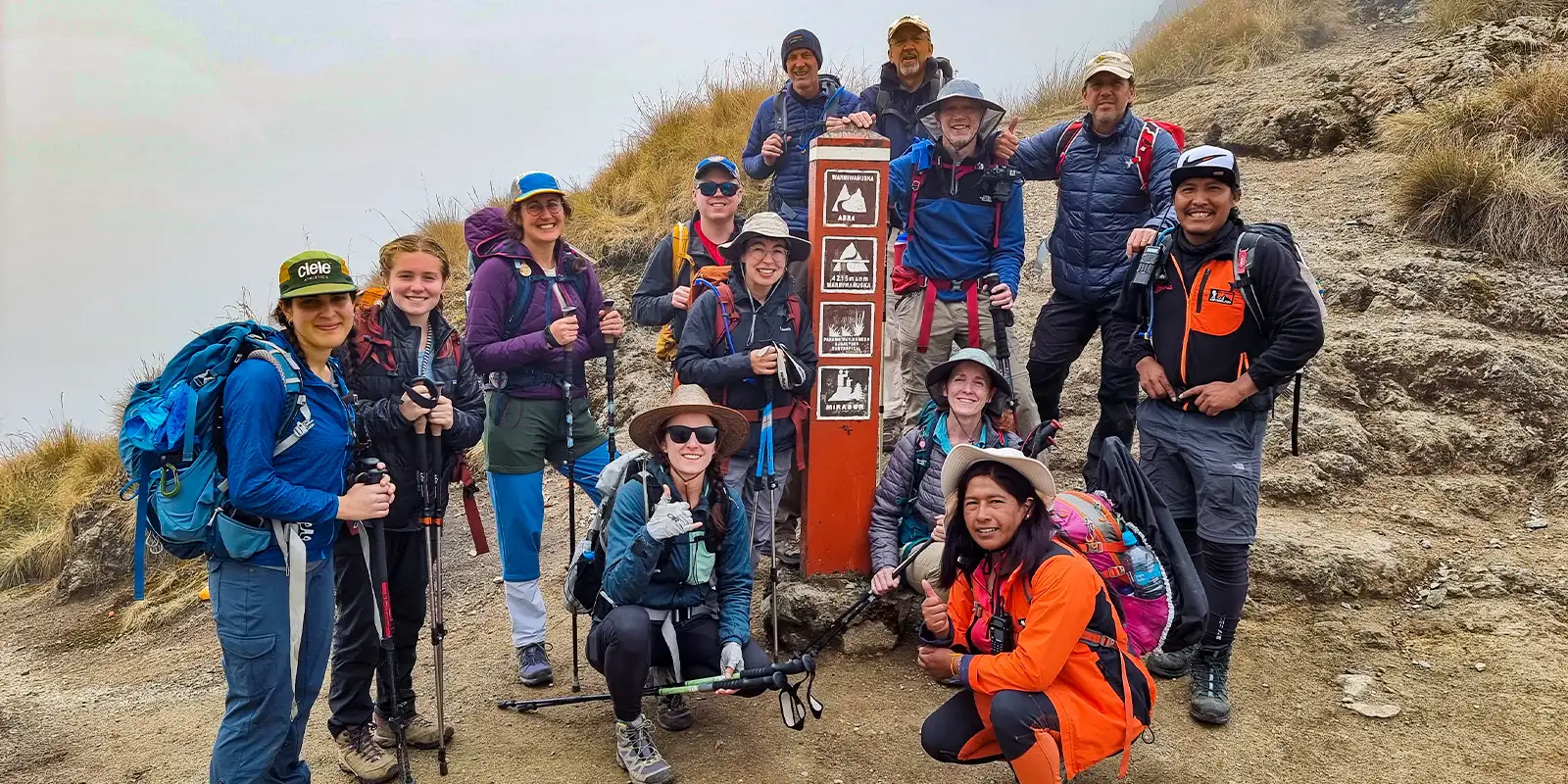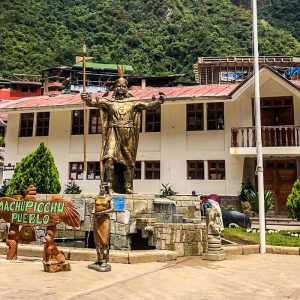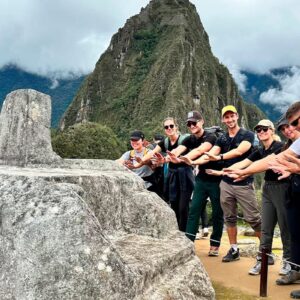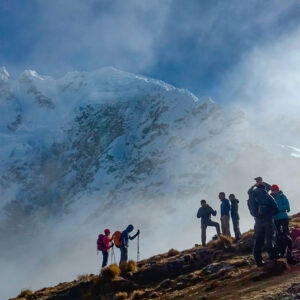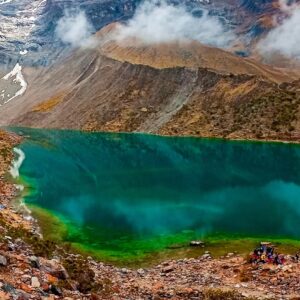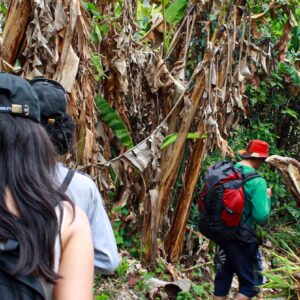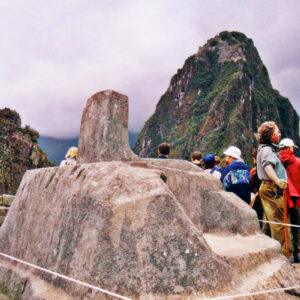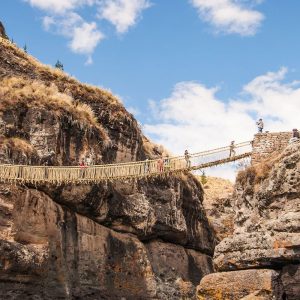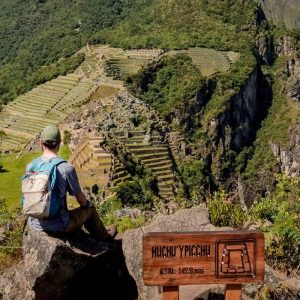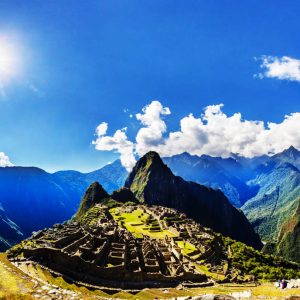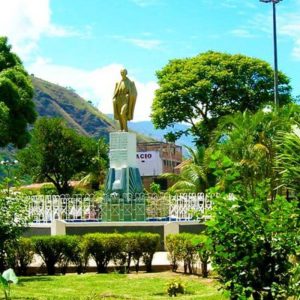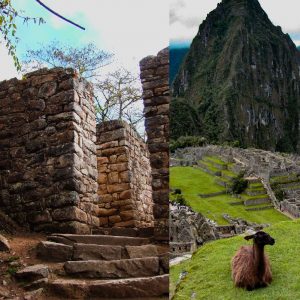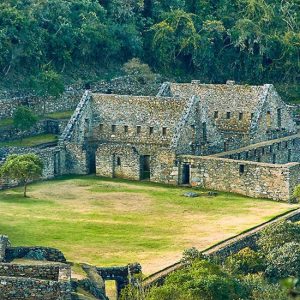The Inca Trail in Peru is a world renowned hiking route that attracts thousands of adventurers each year. The trail spans over 40 kilometers (24 miles) and winds through the breathtaking Andes Mountains. Along the way, it passes ancient Inca ruins and breathtaking natural landscapes. One of the most challenging parts of the trail is Dead Woman’s Pass. It is a mountain pass that sits at an elevation of 4,215 meters (13,828 feet).
The pass’s name may be intimidating. However, its history and significance make it a must visit location for any hiker on the Inca Trail. In this article, we’ll explore the fascinating history of Dead Woman’s Pass, the challenges of trekking through it, and why it’s become an iconic destination for those who embark on the Inca Trail.
The history of Dead Woman’s Pass
Nestled high in the Andean mountains, Dead Woman’s Pass is a breathtaking yet eerie site. It is shrouded in mystery and local legends. This mountain pass is known in the native Quechua language as Warmi Wañusqa and is located on the ancient Inca Trail. This trail is part of a larger network of roads that connected the ancient Inca Empire. The eerie site captivates the imagination of those who visit it.
Additionally, Dead Woman’s Pass stands at an altitude of 4,215 meters (13,828 feet) above sea level. This makes it the highest point on the Inca Trail to Machu Picchu. Constructed around the 15th century, the Inca Trail served as a vital transportation route for messengers, soldiers, and traders. Travelers traversing this challenging pass would have been met with steep inclines, cold winds, and a profound sense of solitude.
While it is known for its spectacular views and challenging terrain, Dead Woman’s Pass is also steeped in folklore. The name itself is said to be derived from the natural formation of the mountains. When viewed from certain angles, they resemble the profile of a woman lying down. However, the legend of the pass goes much deeper than its physical appearance.
Today, thousands of travelers and trekkers embark on the Inca Trail each year. They follow in the footsteps of ancient messengers and marvel at the beauty of Warmi Wañusqa Pass. As they traverse this historic pass, they are reminded of the enduring legacy of the Inca Empire.
The challenges of trekking through the pass
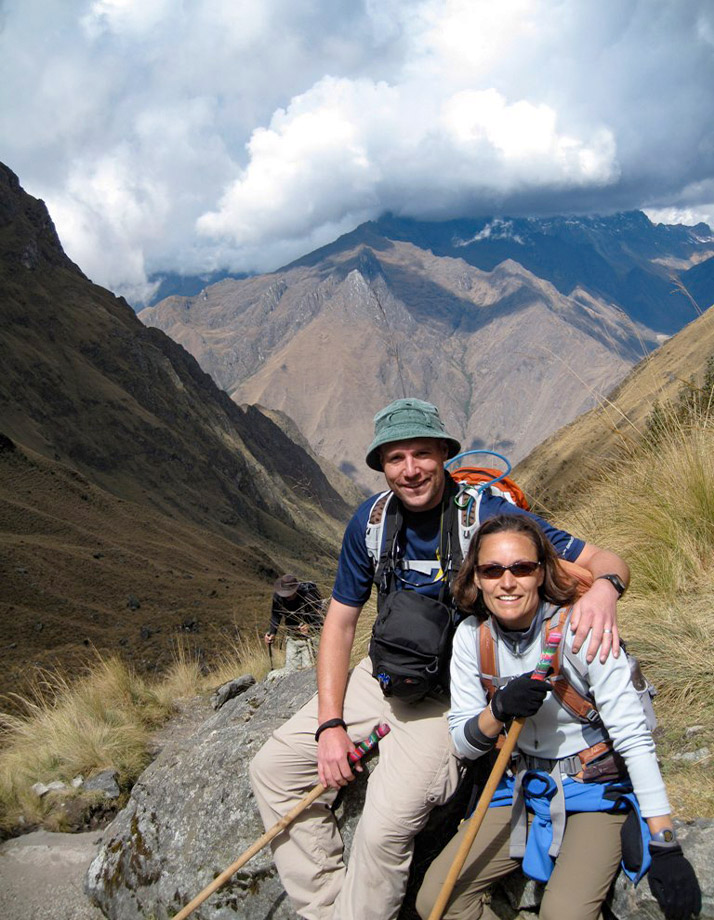
Trekking through Dead Woman’s Pass on the Inca Trail is no easy feat. This pass is the highest point on the Inca Trail. Therefore, it requires a steep ascent to reach the top. The thin air at this altitude can make it difficult to breathe, and hikers may experience altitude sickness. It’s important to take breaks and drink plenty of water to avoid these symptoms.
The ascent to Warmi Wañusqa Pass is also physically challenging. The steep, rocky terrain can be slippery in wet weather. Hikers should be prepared with sturdy shoes and walking sticks to help them navigate the trail. The descent from the pass can be equally challenging. This is because of the steep steps that can be hard on the knees and ankles.
Weather can also be a challenge when trekking through Dead Woman’s Pass. The pass is located in a high-altitude region that can experience sudden changes in weather. Hikers should be prepared for rain or high winds, and dress in layers to stay warm.
Despite the challenges, many hikers consider trekking through Dead Woman’s Pass to be a highlight of the Inca Trail. The stunning views of the Andes Mountains are one reason for Dead Woman’s Pass to be a rewarding experience. Additionally, the sense of accomplishment that comes from reaching the highest point on the trail adds to this experience. Proper preparation and a positive attitude can help hikers tackle the challenges of Dead Woman’s Pass.
Why dead woman’s pass is a must visit destination on the Inca Trail
As the highest point on the Inca Trail, Dead Woman’s Pass offers a unique combination of historical significance, natural beauty, and cultural intrigue. Therefore, it makes it a must-visit destination. For those embarking on the journey to Machu Picchu, the pass presents an opportunity to connect with the region’s past and challenge oneself physically. Additionally, it offers a chance to marvel at the breathtaking landscapes that have inspired countless travelers. Moreover, they can marvel at the breathtaking landscapes that have inspired countless travelers.
Also, Dead Woman’s Pass holds a vital position in the history of the Inca Empire. The trail served as a vital transportation route for messengers, soldiers, and traders. This enabled the exchange of goods and information throughout the vast empire. By traversing this historic pass, visitors can retrace the footsteps of the ancient Incas. As a result, they can gain a deeper appreciation for the engineering marvels that have withstood the test of time.
Additionally, Dead Woman’s Pass is renowned for its stunning panoramic views of the Andean mountain range. As trekkers climb towards the pass, they are treated to a diverse array of landscapes. These include lush cloud forests to rugged mountain peaks.The pass itself offers a vantage point like no other. It reveals the vast beauty of the Andes in all their splendor. Visitors often find themselves awestruck by the natural wonder that surrounds them.
Reaching Dead Woman’s Pass is a significant milestone on the Inca Trail. It marks the successful completion of the trail’s most arduous section. For many, the sense of accomplishment that comes from conquering the pass is powerful. It serves as a reminder of their inner strength and resilience. This shared experience also fosters a sense of camaraderie among fellow trekkers, as they bond over their shared achievement.

